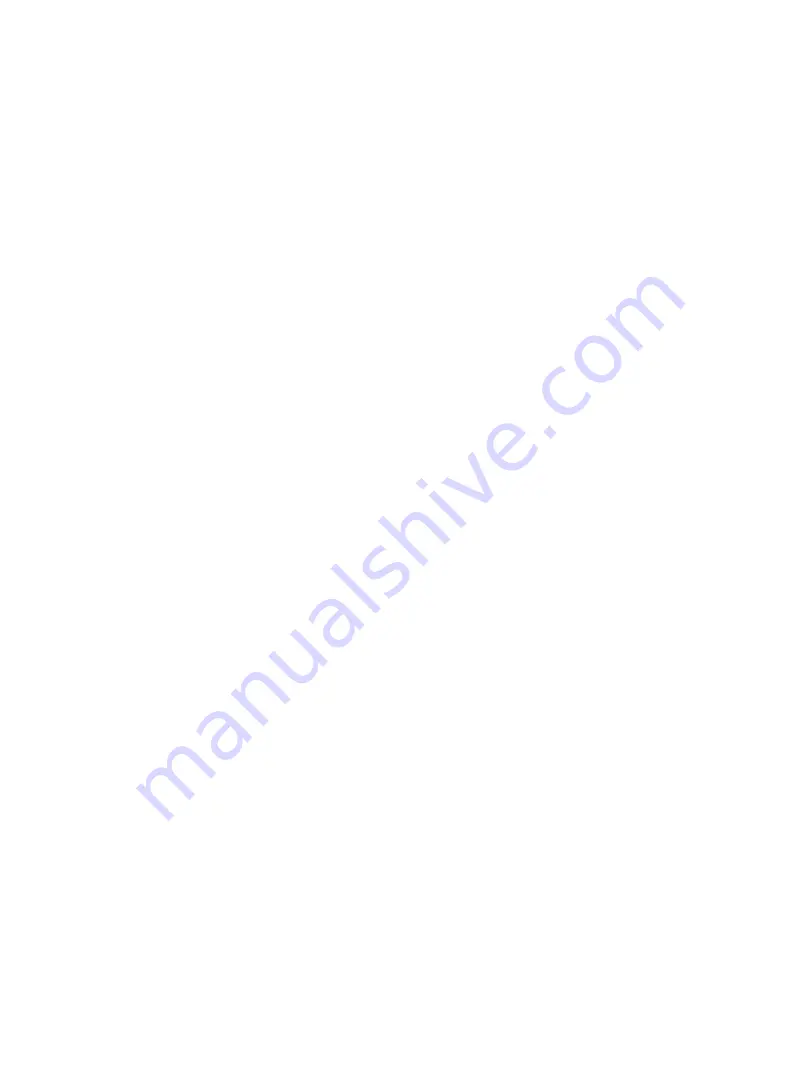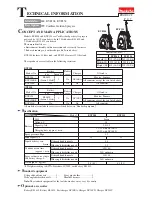
A.
PRESSURE DROP (new installation)
1.
Inadequate water supply.
Improper nozzle size.
Consult manufacturer.
2.
Air leak to strainer (filter bowl) or intake hose assembly.
Check for missing or damaged o-ring on filter bowl. Check quick coupler
connection and quick coupler o-ring, check for damaged hose.
B. PRESSURE DROP AFTER MACHINE IS IN SERVICE
1 Unloader check valve scored or worn.
Install a rebuild kit or replace unloader.
2.
Pump piston or plunger worn.
Install rebuild kit.
3.
Damaged piston cylinders.
Install water sand filter.
4.
Worn nozzle.
Replace with correct or same size nozzle.
5.
Air leak to strainer (filter bowl) or intake hose assembly.
Check for missing or damaged o-ring on filter bowl. Check quick coupler
connection and quick coupler o-ring, check for damaged hose.
6.
Loose pump drive belt (if applicable).
Adjust tension to achieve ½” movement of belt at mid-point.
7.
Clogged pick-up in the solution tank.
Clear clog.
8.
Pressure setting too high for motor/engine horse power
Lower pressure to 800 PSI (750 PSI Kruser)
9.
Bypass valve open, partially open or leaking.
Position bypass valve properly or replace.
C.
PULSATION IN HOSE (usually accompanied by a drop in pressure).
1. Water supply shortage or clogged pick-up in tank.
Increase pump water supply, clear clogged pick-up, Clean filter screen in
intake strainer.
2.
Replace piston cups (on belt drive units).
3.
Stuck unloader piston or check valve in unloader
4.
Obstruction in nozzle causing “false” unloader functions.
5.
Pressure setting on unloader too high.
24









































